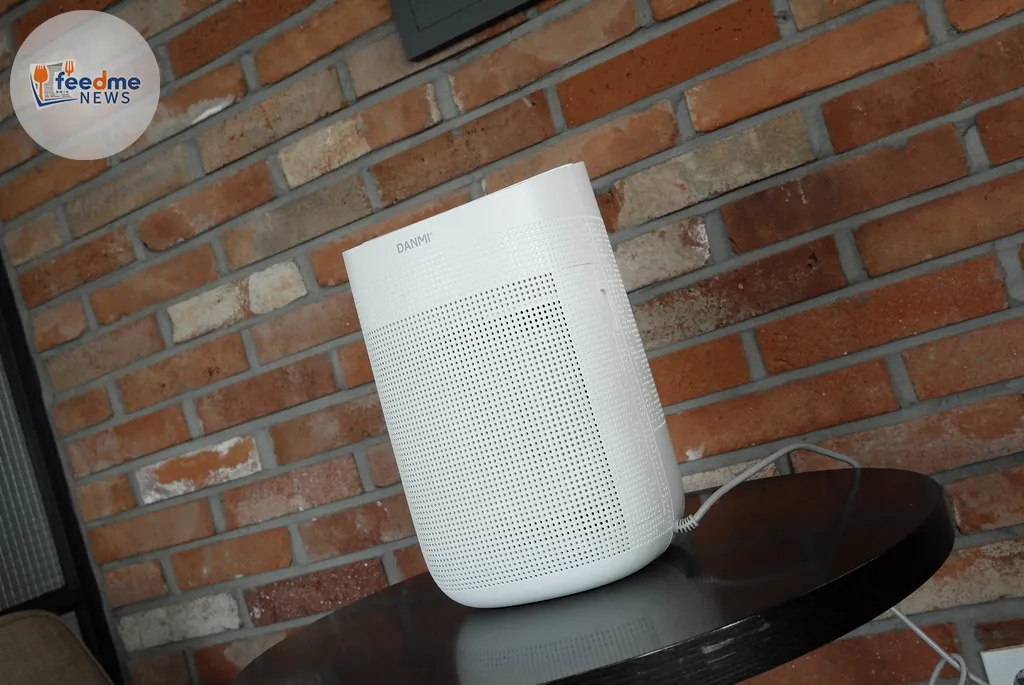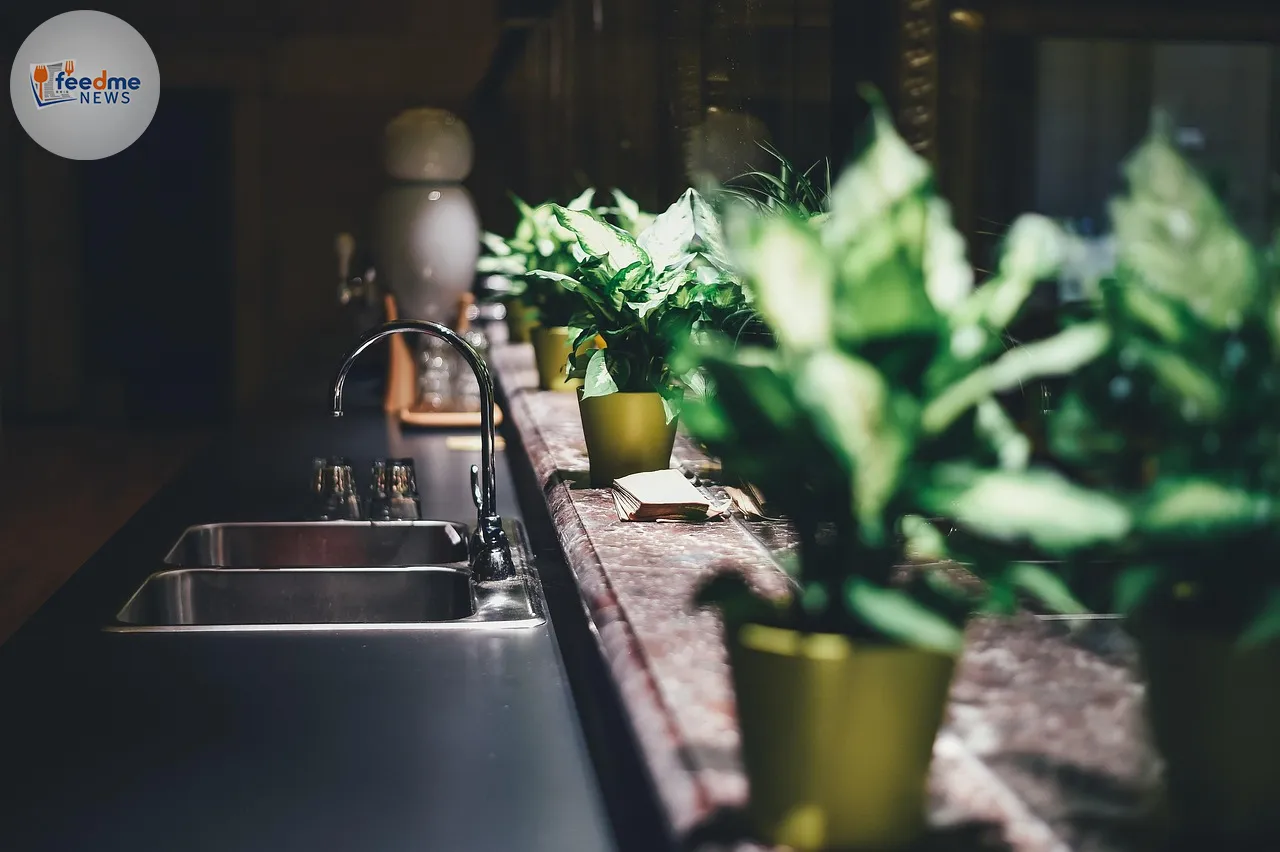Dehumidifiers play a crucial role in maintaining comfortable indoor air quality, yet many homeowners find themselves frustrated when these devices suddenly stop working. Understanding the reasons behind a malfunctioning dehumidifier can save both time and money. Before rushing to purchase a new unit, consider some common issues that could be affecting its performance.
When and Where Dehumidifiers Face Issues
Dehumidifiers often face operational problems during humid seasons when they are most needed. These issues can occur in any part of the home where the device is used, such as basements, bathrooms, or kitchens. Understanding the environment in which the dehumidifier operates can provide insights into potential problems.
Power Problems: Plugging into the Basics
One of the first aspects to check when a dehumidifier stops working is its power source. Ensure that the device is properly plugged in and that the outlet is functioning. A tripped circuit breaker or blown fuse can easily be overlooked but may be the simple reason behind a non-operational dehumidifier. Homeowners should test the outlet with another device to rule out electrical issues.

The Importance of Regular Maintenance
Regular maintenance is crucial for the optimal performance of a dehumidifier. A clogged filter is a common problem that can hinder airflow and reduce efficiency. Cleaning or replacing filters regularly, as recommended by the manufacturer, can prevent this issue. Additionally, inspecting and cleaning the water collection system can help avoid blockages that might cause the dehumidifier to shut down.
Humidity Sensor and Thermostat Issues
Dehumidifiers rely on sensors and thermostats to regulate humidity levels. If these components malfunction, the device may either fail to activate or run continuously without effectively reducing humidity. Homeowners can test these components by adjusting the humidity settings and observing the device’s response. If the dehumidifier does not react accordingly, it might be time to consult a professional for sensor calibration or replacement.
Refrigerant Levels and Leakage
Refrigerant is essential for the dehumidification process. Low refrigerant levels or leaks can significantly impact a dehumidifier’s performance. Indications of refrigerant issues include ice formation on coils or the unit not collecting water. If these signs are present, it is advisable to contact a professional technician to check and replenish the refrigerant.
Noise and Vibration: Signs of Mechanical Trouble
Unusual noises or vibrations can indicate mechanical issues within a dehumidifier. These symptoms might stem from a failing fan motor or loose components. Regular inspection and tightening of screws and bolts can mitigate these problems. If excessive noise persists, professional servicing may be necessary to prevent further damage.
Expert Insights and Industry Recommendations
Industry experts recommend that homeowners follow the manufacturer’s guidelines for maintenance and operation. Regularly scheduled check-ups can extend the lifespan of a dehumidifier and ensure it operates efficiently. Additionally, experts advise placing the dehumidifier in an optimal location with adequate airflow and minimal obstructions.
Future Considerations and Environmental Impacts
As technology advances, newer models of dehumidifiers offer improved energy efficiency and smart features. Homeowners should consider these options when it becomes necessary to replace an irreparable unit. Investing in an energy-efficient model not only reduces electricity bills but also contributes to environmental conservation.
In summary, understanding the common issues that affect dehumidifiers can empower homeowners to troubleshoot effectively before deciding on a replacement. With regular maintenance and awareness of potential problems, a dehumidifier can provide years of reliable service, ensuring a comfortable and healthy living environment.





